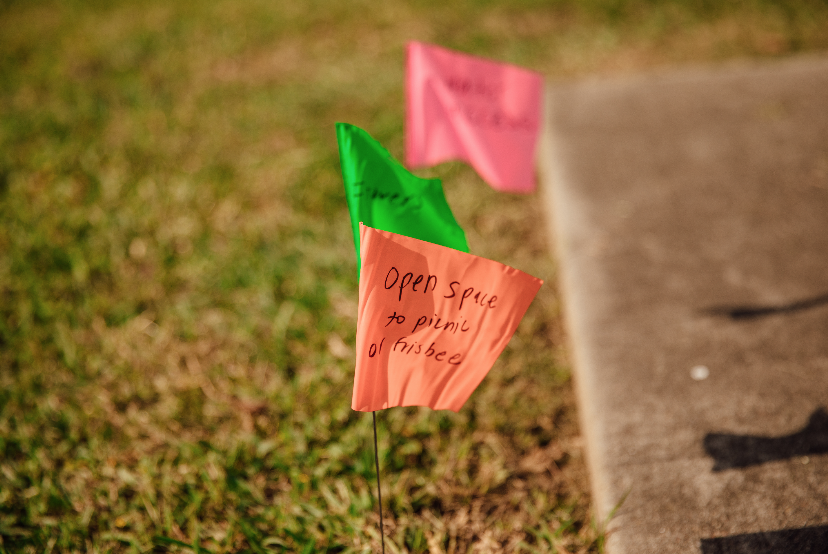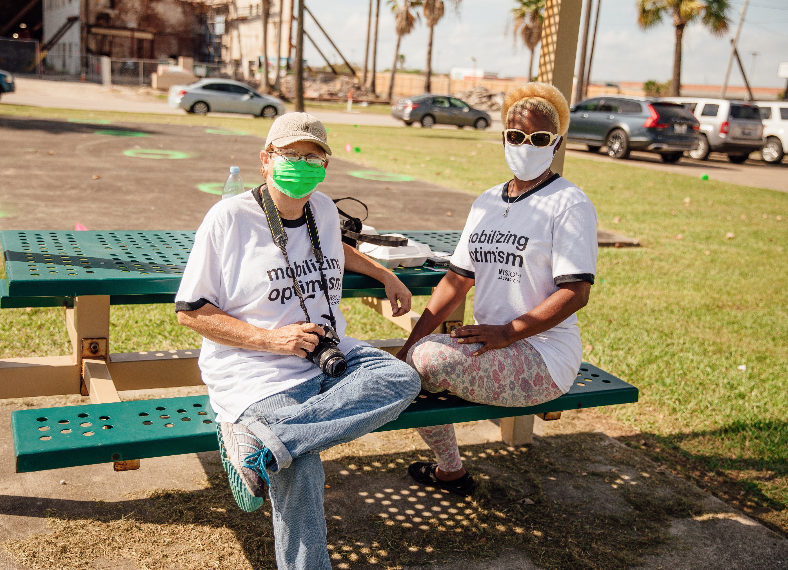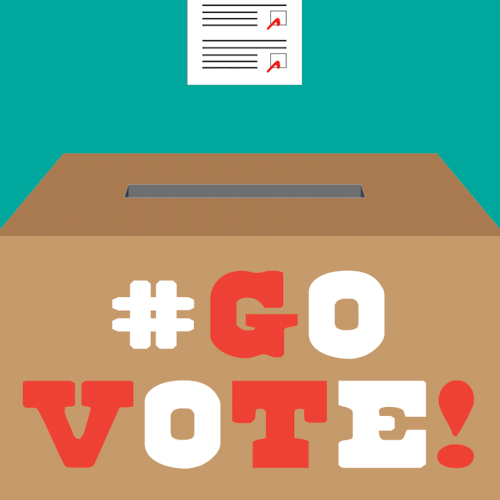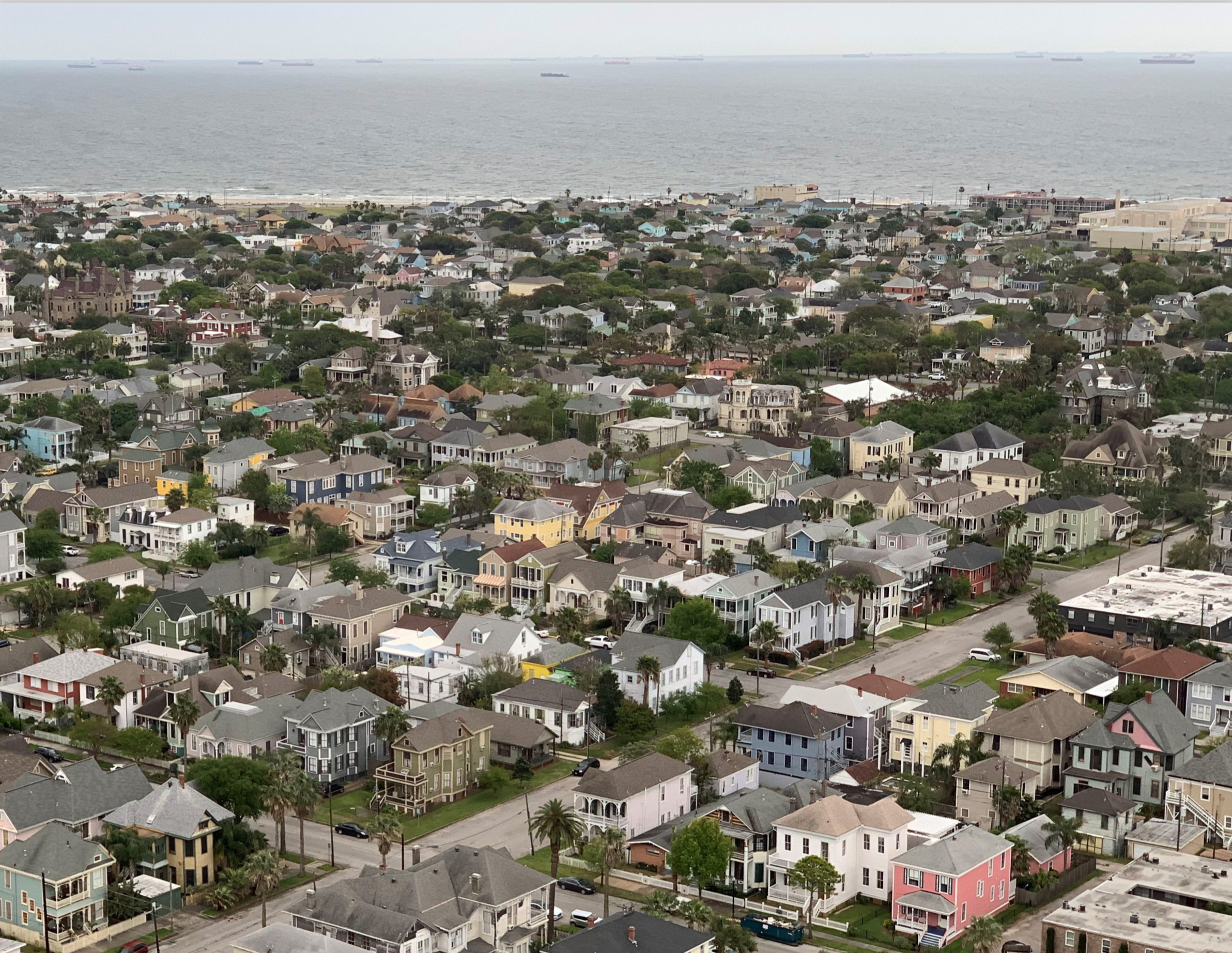The vision behind “Vision Galveston”
Christine Bryant, Vision Galveston’s chief executive, recently spoke to Keath Jacoby about her tenure as Vision Galveston’s first chief executive and the power of short sentences and strong verbs for effecting real change
Born and raised in Galveston, Keath Jacoby is a marketing executive, community developer, and entrepreneur with a passion and enthusiasm for startups. After graduating from Tulane University, she worked with for-profit and nonprofit ventures across multiple consumer industries for more than 15 years—starting in New York, then Las Vegas, and then returning to the island. She led the startup and Phase 1 of Vision Galveston, helping to establish a defining model for effecting sustainable change in Galveston. She is now fully vested as a partner in Hotel Lucine, a revitalized 61-room seaside boutique hotel slated to open in summer 2022. She continues to be active in Better Parks for Galveston, Family Service Center, and the George Ball Charitable Association.
Christine Bryant
Q: I wanted to start from the beginning. Tell me about the early days and your involvement with the evolution of Vision Galveston. What was that like?
Keath Jacoby
A: When I moved back to Galveston, a group of people were looking for individuals to get involved with the City Council. I wasn’t interested in at that time, but there was also an effort brewing what would become Vision Galveston. It started to come together and coalesce around the need for more comprehensive philanthropic funding around big systemic changes for the community.
The city was about to embark on its comprehensive plan, and Vision Galveston could aid in that process. When a group of local philanthropists took a site visit to Detroit, the ideas around what could be accomplished with a planning effort became much more extensive.
When I came in, the group had just begun the conversation about what public engagement could look like and how we could go about things differently than previous planning efforts in Galveston.
They had a need for project manager at that time. The juxtaposition of me being a BOI while also having lived away from the island for so many years really brought a balanced lens to the mission. I had a background in strategic alignment work that included facilitation, engagement, and branding, so it really was serendipitous.
Christine Bryant
Q: The brilliant work of engagement that Vision Galveston undertook was stellar. Particularly the determination to perform engagement focused on diversity, equity, and inclusion. The intentionality by which you all did that in Phase 1 is still prevalent in everything we’re doing in Phase 2. It has been very inspiring for me. How did you reach folks that aren't traditionally asked their opinion or to get involved?
Keath Jacoby
A: First, we started with a much more ecumenical steering committee and a group of ambassadors willing to stick their neck out for the project. There were folks at the table who represented various communities, but they were much more expanded than the traditional planning efforts in Galveston.
I'll also credit the group of consultants that worked on these activities, as they brought a ton of creativity and expertise to the process. They created this meeting in a box concept, which had been used in some form before, but we took it to a new level. We made it very simple to use.
We empowered folks to facilitate in an organic and natural way. And we provided training and some guidance. It allowed people to take conversations to their kitchen table, their local haunts, their church or youth group or school. That was a huge piece of it because we didn't try to do it independently. We enlisted the help of diverse community members, which allowed the elicited responses to be much more powerful and, importantly, much more honest.
The reality is that people felt like this really was a new era of planning. I think a lot of people that were exhausted from planning got excited again, and those who weren't typically engaged thought, “… well, I can engage in this. I've got five minutes!”
Things started to come together. We met people where they were. We came to them. We put them in very neutral locations. I don't think that's anything new. I think it was more that we helped empower advocates for the project, giving them permission to do the work in their respective neighborhoods for us. That's what made it work.
Christine Bryant
Q: Well, it's a brilliant methodology that I so admire. I take to heart all the efforts by you and the many Vision Galveston volunteers. I want to make sure that, going forward, we implement the community’s exact wishes that were expressed in Vision Galveston’s plan. With that in mind, as Vision Galveston transitions from Phase 1 to Phase 2, having served in the same seat that I now occupy, what do you see as my biggest obstacle or challenge?
Keath Jacoby
A: You must keep people informed and excited. I think something that we always struggle with—not just with this project, but when we talk about civic engagement—is contextualizing, “why does this matter to me?” Why does the park matter to me—from the 4-year-old to the octogenarian or the dog lover or the conservationist? I think that’s the biggest challenge: producing information and eliciting participation around why it matters to the specific individual and how that merges with why it matters to the community. Why should people give a shit? That's really the crux of it.
When we did Phase 1, that's why it was effective. People stuck with it the whole way because we could really say to them that this will affect you in these various ways, therefore you should care about it.
That's going to be a challenge as well as the task of informing people. Even me being out of the sphere for a bit, you get behind on what's going on. I think making sure you deliver information from a barrage of mediums—everything from the flyer to the Instagram post to the Twitter to the news. And creating moments for folks to be in a room together so collisions of information and perspectives can happen is invaluable. It’s a lot of work and totally worth it!
Christine Bryant
Q: My every waking moment seems to be focused on Vision Galveston. Because I believe in it, I must focus on it. The gravity, potential, and the possibility of this project is transformative in so many ways. I know that you feel the same and that's why you were involved with it. In those moments, knowing how deep and passionate this can be, give me one piece of advice to be mindful of when there is so much to do. What should be my takeaway?
Keath Jacoby
A: I agree. It's an exhilarating and exhausting job, and I do think it's all consuming. Especially being out of it, looking backward. But I think the answer is short sentences, strong verbs, right? You know, I think that's the game. For you, you have the energy and the passion and the know-how. I would just try to remember that if someone isn’t mad at you, then you're probably not doing your job.
I know it took me awhile to get there. I had to draw on my husband's tough Philadelphia-type demeanor to get me through because I used to get really upset. Then I realized you can respectfully disagree with folks. Our ideas can conflict without us being in conflict— it’s still achievable, even in this climate of political discord.
I think you have to remember you're pushing boundaries so of course you're going to upset some people. It’s natural.
At the end of the day, Vision Galveston is fighting for the future of what this island can be instead of what it will be. I think we should constantly strive for a higher bar, and I know that's what you are pursuing.
Fighting inertia is hard—it's hard, but it's doable. I really think short sentences, strong verbs is the right answer. I always tried to live by that. Pushing the messaging—how powerful that can be—and then living the messaging.
Christine Bryant
Short sentences and strong verbs. That's the first I've heard that phrase and I'm stealing it now. Thank you, Keath for your tremendous work, your passion for Galveston, and you continued support for Vision Galveston’s ongoing work.
Editor’s Note: Christine and Keath’s conversation has been edited for brevity and clarity.


































